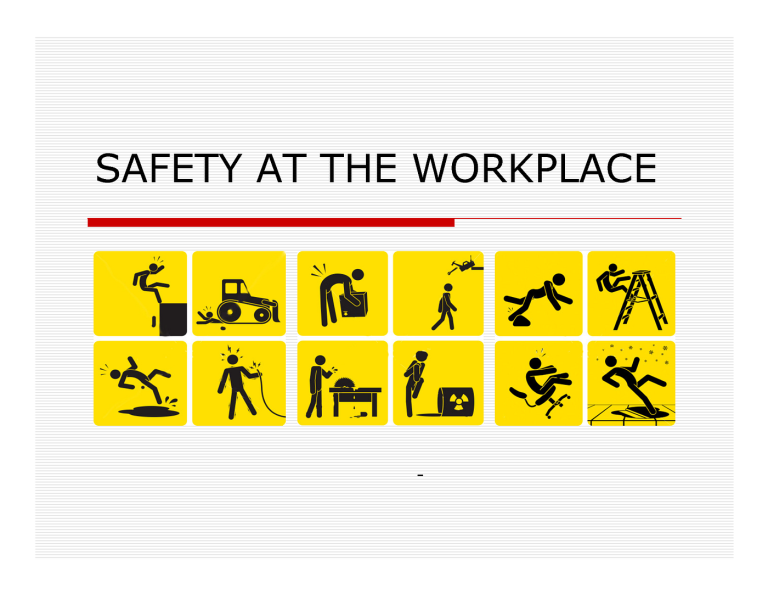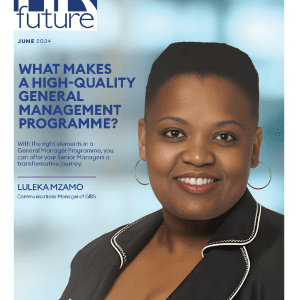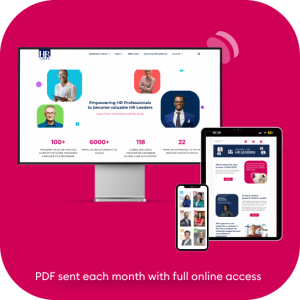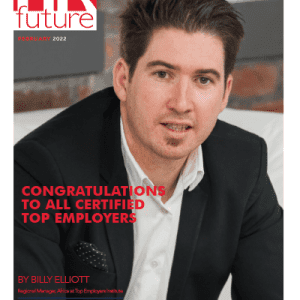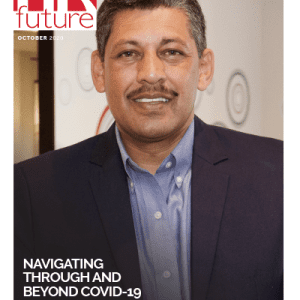Many organisations don’t have a plan. What’s your plan for 2016?
The value of joining the big-data and advanced-analytics revolution is no longer in doubt. The number of successful business cases continues to build, reinforcing broader research suggesting that when companies inject data and analytics deep into their operations, they can deliver productivity and profit gains that are five to six percent higher than those of the competition. The era of data-driven businesses, better predictions, and faster decision-making is here. But the required investment, measured both in money and commitment, can be large. The answer, simply put, is to develop a roadmap. A roadmap can help to prioritise investments in how data, analytics, technology and people come together to create business value.
Typically organisations move beyond anecdotes and reactive checks to focus on building a consistent, repeatable process to create and distribute regular, ongoing reports. These reports allow an organisation to identify and understand the macro workforce trends that point to risks that need to be addressed.
Through an international study we recently asked HR professionals in organisations where they are in the Workforce Analytics Measurement Continuum (figure 1). Over 65 percent of organisations are currently producing ongoing reports such as headcount, hiring and turnover. The majority of our clients tell us that these reports are manually produced, and they often do not have the time or resources to analyse the trends on what is happening. As we move up the continuum, organisations are doing significantly less with more powerful analytics such as workforce segmentation and correlations.

In the future, 28 percent of organisations want to do more with correlations and predictive/casual modelling respectively. The correlations stage is the first step towards using statistical techniques to help understand which variables have a positive or negative relationship to each other – for example, engagement and turnover, or pay and retention. Predictive and causal modelling takes correlated variables and determines which independent factors have the biggest impact on a dependent variable. For example, what workforce characteristics of client-facing teams (tenure, experience, spans of control, engagement, pay, qualifications, training) have the biggest impact on profitability? This type of analysis allows for pinpoint accuracy and absolute confidence in understanding what workforce practices will have the biggest impact on the outcomes a company wants to achieve.
We also asked organisations what are the top challenges they foresee in achieving this goal?
The biggest challenge is: “HR doesn’t know how to ‘translate’ big data to resolve business issues”. Simply collecting big data does not unleash its potential value. People must do that, especially people who understand how analytics can resolve business issues or capture opportunities. Organisations need specialists, or “translators,” who can analyse, distil, and clearly communicate information of the greatest potential value.
Next, organisations say “inaccurate, inconsistent and hard-to-get data”, is a challenge for them. For many organisations, their big data journey in workforce analysis starts with data clean-up, a large-scale investment in technology, and trying to find automated predictive analytics. A different focus is needed. Consider, for example, business and workforce analytics. Business managers generally have an incomplete understanding of the data available, no matter how well versed they are in data or how well developed their analytics requirements are.
The key to a successful workforce analytics programme is to start the process by focusing on the impact of the data you will collect and the analysis you will undertake. This can be identified by determining the critical workforce questions that you want your analysis to solve – which talent groups or categories will be critically important to achieving our strategic goals – without being constrained by the data available. Workforce planning specialists or HR business partners with an appreciation of the data, who also understand the business and have a clear vision of the objectives, can proactively offer solutions and options.
What’s in your 2016 plan?
In these early days of big-data and analytics planning, companies should address business issues: choosing the internal and external data they will integrate; selecting, from a long list of potential analytic models and tools, the ones that will best support their business goals; and building the organisational capabilities needed to exploit this potential.
Data and technology
Start with data that is available and supported by technology, for example, payroll data (hires, headcount, promotions, lateral movements, exits). Internal Labour Market (ILM) maps can help your organisation to understand workforce structure and interrelated flows of talent in, through and out of the organisation (moving away from traditional reporting).
Process
Companies are quite concerned about what to measure and how to measure workforce metrics. Their main challenge is manual reports are time consuming and the lack of internal capability to analyse the data. Start the process by focusing on the right questions to be answered and use this to inform the metrics and data that should be collected. Gather data needed, and bring other available data needed onto suitable technology platforms.
Organisation and people
Establish a workforce analytics and planning Centre of Expertise (COE) to define the process, provide guidance and templates, an objective, single-source of data in workforce planning. Ensure communication and training of all stakeholders (HR and business leaders). Use business leaders to provide strategic guidance and context, business scenarios and related workforce solutions, manage implementation and communication. HR Business Partners facilitate workforce analytics and planning processes with business managers, ensure results, validation and implementation.
Identify a few key resources to kick-start your journey, a workforce analytics and planning specialist and a technical resource who understands data and technology. The essential technical competencies required to achieve quick wins include HR/business intelligence, HR technology utilisation and data integration.
Anne-Magriet Schoeman is the Talent/Country Leader at Mercer Consulting (South Africa) Pty Ltd, www.mercer.com.
References
“Making advanced analytics work for you,” Harvard Business Review, October 2012, Volume 90, Number 10, pp. 78 – 83.
“How to get started in Workforce Analytics” Mercer, 2014.
This article appeared in the December 2015 issue of HR Future magazine.













